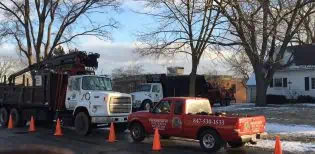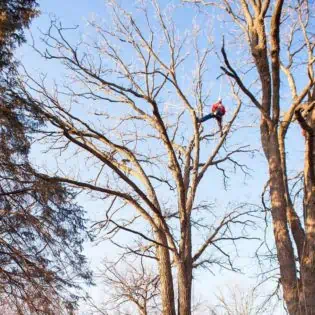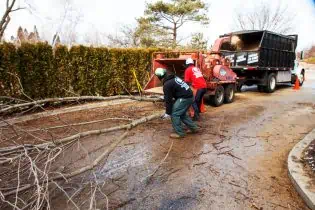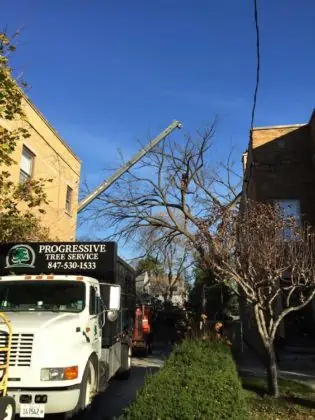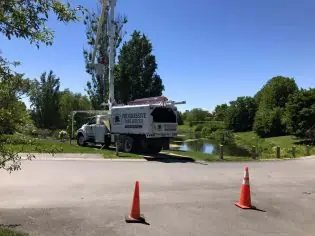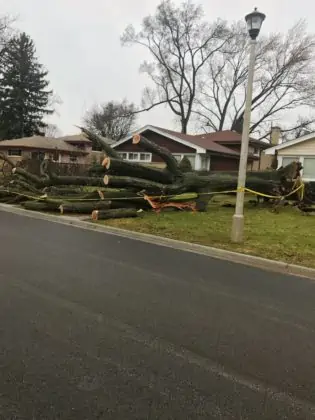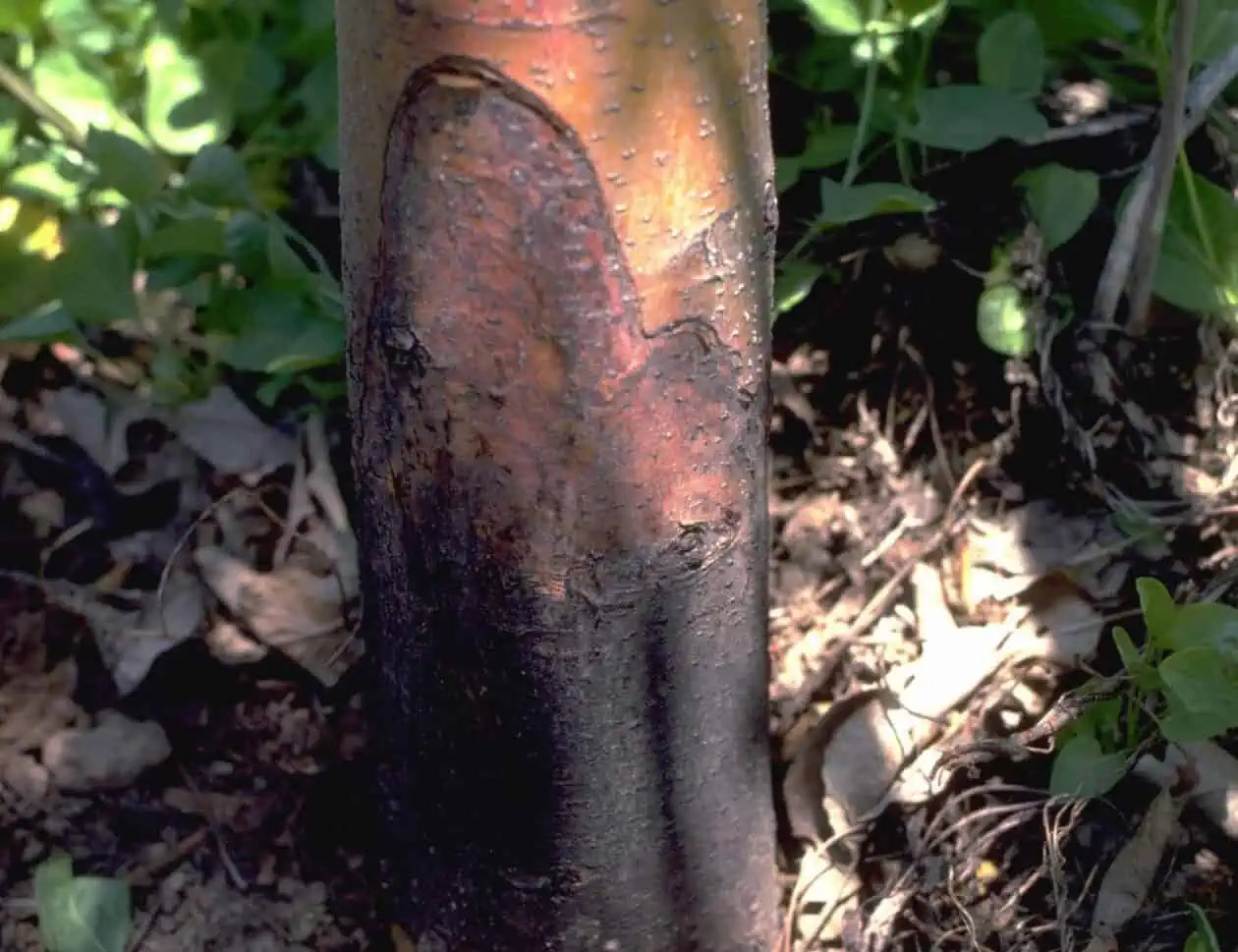What is the bronze birch borer?
The bronze birch borer (BBB) is a black beetle native to North America, with its first recorded attacks in the United States dating back to the late 19th century. Today, it can be found anywhere in the country, most common in Ohio, Oregon, British Columbia, West Virginia, Colorado, and Newfoundland.
The BBB is an opportunistic pest that attacks trees already weakened or stressed by other pests, root damage, drought, soil compaction, and old age. It causes the most damage while in its larval stage.
Trees affected
As the name suggests, the bronze birch borer’s favorite host is the birch tree. Birch trees are relatively short-lived species easily weakened by adverse weather conditions, diseases, and old age. They do well in specific conditions, above all, preferring cool and moist growing sites.
Despite this fact, many property owners plant birch species in their urban homes, exposing them to the dry, high-temperature conditions and compacted soils of residential areas. This leaves landscape birch trees stressed and most vulnerable to attacks by the BBB.
The pests can attack all native and non-native species of birch, but susceptibility varies by kind.
Life Cycle
Depending on the location, the bronze birch borer has a one or two-year life cycle. After adults emerge in late May and mate with each other, the female BBB lay their eggs in cracks in the bark of the affected tree.
After a couple of weeks, the larvae emerge from the eggs and start boring into or under the bark. The young larvae scar the outer xylem tissues of the limb as they make galleries in the phloem, where they overwinter and feed for the rest of their larvae stage. They will undergo four stages of development before becoming mature.
During pupation (late April or early May), they move to the shadow cells in the xylem. In warm states of the south, the pupal stage occurs one year after the eggs hatched. In the colder climate of the north, pupation takes place after two years.
After pupation, adult bronze birch borers bore holes through the bark and emerge to the exterior. They only have 23 more days of life and must constantly feed on birch leaves to become sexually mature and mate. The fact that this feeding doesn’t cause much damage would’ve been considered a positive if they weren’t so devastating as larvae. .
How to Identify the Bronze Birch Borer
The bronze birch borer has black wings with a distinct metallic bronzy iridescence on the back. It is small and narrow, measuring between 0.3 and 0.5 inches long (7 to 12 mm). Although they’re a rare sight, they love the sun and thus, can only be seen during a two-week window after emerging from the pupal stage. You may find them feeding on leaves and crawling on the sunny side of the trunk.
BBB eggs are a creamy, white color that becomes yellow as they mature. Female beetles lay their eggs either singly or in clusters of up to 75 eggs. A single egg is oval and measures approximately 0.75mm wide and 1.5mm long.
Bronze birch borer larvae are also a creamy, white color. They have a flat top and bottom surface with a small head and a relatively wider prothorax followed by ten segments (8 abdominal and two caudal). The larvae grow to be 8 to 20 mm long in their later growth stages.
Symptoms
As BBB larvae burrow their way beneath the bark and feed on the xylem tissue, they restrict and, in severe cases, block the flow of water and nutrients to the canopy. As a result, the affected birch tree suffers from yellow leaves and branch dieback. The upper crown of the tree becomes thin as the canopy dies from the top down.
The burrowing will also cause the development of wound tissue accompanied by rust-colored sap oozing. Swellings and bumps will appear where the tree has managed to heal from the inside.
Looking closely, you may notice 3 to 5mm-wide exit holes in the bark. These were formed by the emerging adult BBBs. Peeling off the back will further expose winding sawdust-packed tunnels.
These symptoms may take a couple of years before becoming apparent, and if appropriate measures are not employed, the affected tree dies within a couple of years.
Prevention and Treatment
You can prevent a BBB infestation by;
- Maintaining Healthy Birch Trees: Keeping your trees in a vigorous state will reduce the likelihood of a BBB attack. Make sure they’re adequately watered and well protected against attacks from other pests and diseases.
- Planting Resistant Varieties: Some birch species like the Japanese birch or the Heritage variety are less prone to borer attacks.
Existing infestations can be controlled using insecticide sprays.
In Conclusion
Bronze Birch Borers are silent-killing destructive pests that love to feast on the xylem of unfortunate birch trees. By the time the symptoms of their feeding become obvious (usually after a couple of years), it’s often too late to save the tree. Therefore, birch owners are advised to book regular arborist appointments.
